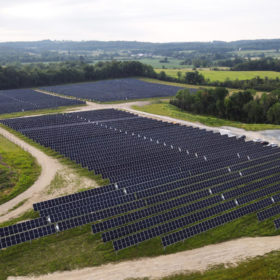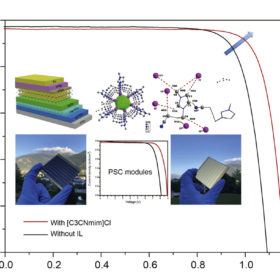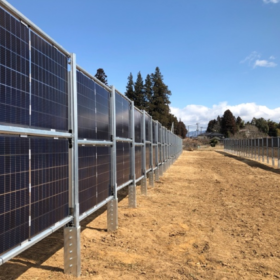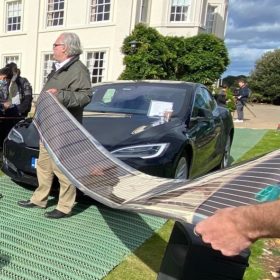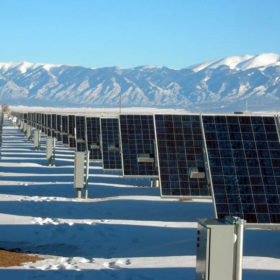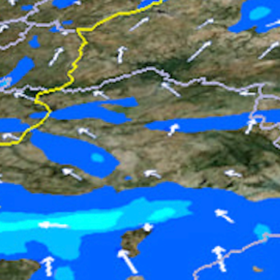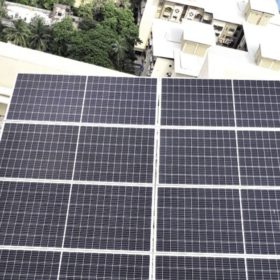Utility scale solar inverters need improved commissioning and upkeep
Recurring power grid faults are testing solar inverter reactions, and have exposed issues that could seemingly be solved by improvements to commissioning, operations, and maintenance.
Chinese PV Industry Brief: Tongwei wants to reach 1 million MT polysilicon capacity by 2026
Tongwei also announced it wants to expand its solar cell capacity to 70 GW by the end of 2022 and 102 GW by the end of 2023.
Malaysia’s water reservoir to host 150 MW floating solar plant
The floating facility will be built by Japan’s Shizen Energy and will sell power under unspecified conditions to local utility Syarikat Air Melaka Bhd (SAMB).
Ionic liquid-based perovskite solar cell with 22.86% efficiency
A Swiss-Japanese research group has used ionic liquids doping to improve the efficiency and stability of perovskite solar cells. Their champion device showed an open-circuit voltage of 1.16 V, a short-circuit current of 24.03 (mA cm−2), and a fill factor of 0.818. It was also able to retain around 95% of its initial efficiency after 1,000 hours of operation.
Japan’s first vertical agrivoltaic project
The facility was built with heterojunction modules and mounting systems provided by German companies Luxor Solar and Next2Sun, respectively. The distance between the panel rows ranges from 8 to 10 meters and the agricultural surface within the rows will be utilized by local livestock farmers as pasture.
Borosil Renewables to acquire Europe’s largest solar glass maker Interfloat Group
Indian group Borosil Renewables is acquiring Europe’s largest solar glass manufacturer. With major sites in Germany and Liechtenstein, Borosil plans to increase manufacturing capacity to 2,600 tonnes per day, making it possible to supply solar glass for more than 15 GW of PV modules from 2025.
Printed solar panels for Tesla’s journey around Australia
Commercially printed solar cell technology developed by the University of Newcastle is being put to the test to power an electric vehicle’s 15,097-kilometre journey around the entire coastline of Australia.
PV in the Circular Economy: Modeling tool helps predict flow of solar materials
PV ICE uses the latest data from the solar industry to model the flow of PV materials over the next several decades, helping to predict the effects of different market trends, technological developments, and government policies.
New method for long-term prediction of renewables generation in Europe
Developed by scientists in Spain, the new methodology is claimed to be capable of mitigating energy crises in Europe through climate predictions.
India added a record 13.5 GW of solar and wind capacity in 2021-22
The nation installed 12,438 MW of solar, including 10,217 MW of utility-scale and 2,221 of MW rooftop PV, as well as 1,111 MW of wind during the 12 months ending March 31, 2022. The record addition was mainly due to the completion of projects delayed from the previous year.
